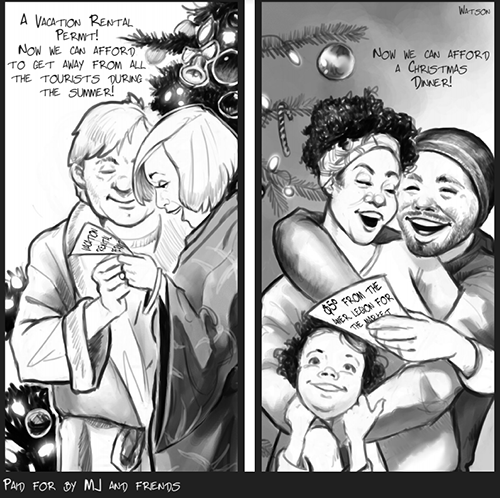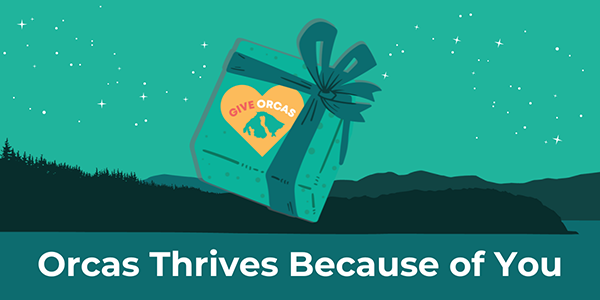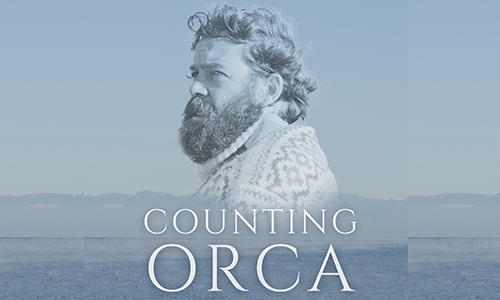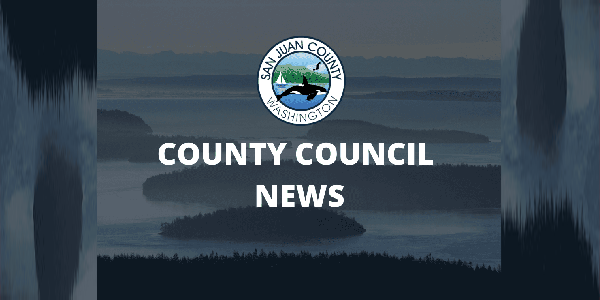||| FROM MICHAEL “MJ” JOHNSON |||
On a macro level the beginning of 2021 gives good reason for optimism with the hope that the vaccines coming out now will prove to be a cure-all for the COVID-19 virus. Whether it does or not we can be assured that the criteria from which we gauge all social well-being from, will, from this time forward be measured against the backdrop of the pandemic. Closer to home, we have a new slate of County Council members now sworn in, this giving us hope in the form of an opportunity for SJC to deviate from what has become the “norm,” with the hopes that the new body will be more willing to listen to the people, to heed the advice of their citizen advisory bodies, to adhere to the tenets of the vision statement, and to not turn their heads on issues relevant to the future of the San Juans.
We’re fortunate to live in such a beautiful geographical area, one hosting the type of natural attractions that allows us to bring in tourist dollars. But, as we strive to get back to “normal” it’s time to look at what the pre-Covid “normal,” had become, and in doing so it’s worth noting that there are many, myself included, that challenge the notion that going back to “normal” is really in our community’s best interests. To be sure, a pre-pandemic “normal” was the product of a system that enabled, if not outrightly promoted such variants as over-population, economic inequality, homelessness, climate change, wars without end, systemic-racism, corrupt government, species extinction, mass refugee and asylum seekers, and world-wide environmental degradation, (to name only a few). Though each of these are merely symptoms of a larger problem, and it’s sad to think of these as now being commonly considered the norm, in trying to attend to these, and other relevant problems of the day, it’s time for us to recognize that each of these are driven by the same common denominator ($$$), and that these problems cannot be rectified by using the same logic, the same system, that helped create them in the first place.

In watching the new, and very interesting documentary titled, 2020: The Year of Climate Extremes / NBC Nightly News (45:53), one gets the idea that the current path we’re on is one that is doomed to failure. Of particular interest is that at about the 40 minute mark the narrator takes about 5 minutes to explain part of the role that over-tourism plays in regards to climate change as observed in the over-touristed towns in Italy that he frequented as a child, and he shares his observations regarding a world without tourists with such exclamations as, “When people disappeared, nature came back,” and, “How quickly nature recovers when people quit messing with it,” common refrains now echoed by many throughout the world. Some might be quick to say that the San Juans are different from Milan, or Venice, but the reality is that the San Juans actually host a higher annual ratio of tourists per resident than either of these cities, with the further reality being that over-tourism has the same negative effects on seasonal resort communities throughout the world… everywhere.
Venice– included in the Padua-Treviso-Venice Metropolitan area with a pop. est. 2.6 million, and visited by an est. 4.7 million visitors in 2019, (1.8 tourists per resident); Milan– 2020 pop. est. 3,140,181, and visited by an est. 8.81 million tourists in 2017 (2.8 tourists per resident);
San Juan County– Pop. est. 20,000, and visited by over a million tourists p/yr, (50 tourists per resident).
Using the Kobrin 3 P’s method in analyzing the possibility of over-tourism in the San Juans one must ask, “Is it Possible?” “Is it Probable?” “Is there Proof?” In looking at it from this vantage point one need only look as far as the symptoms of over-tourism that already exist in the San Juans today:
- San Juan County has the highest per capita income in the state, but its wage workers’ average income is among the lowest (economic inequality);
- We see cheap labor being imported because of the inability of young people to afford to live here;
- Never-ending increased tourism related infrastructure needs, (and maintenance costs);
- An increased reliance upon government grants, (with strings attached);
- A burden on our critical resources, (water, sewer, emergency services, etc.);
- A loss of rural character;
- A sense of loss of community;
- Overcrowding, (traffic jams, and long lines);
- Increased noise, litter, air pollution, and environmental degradation;
- Disruptions to the real-estate, and to the housing markets creating disparity in the affordable housing, and long-term rental markets;
**If you are reading theOrcasonian for free, thank your fellow islanders. If you would like to support theOrcasonian CLICK HERE to set your modestly-priced, voluntary subscription. Otherwise, no worries; we’re happy to share with you.**









Interesting political cartoon. Nothing stereotypical about that.